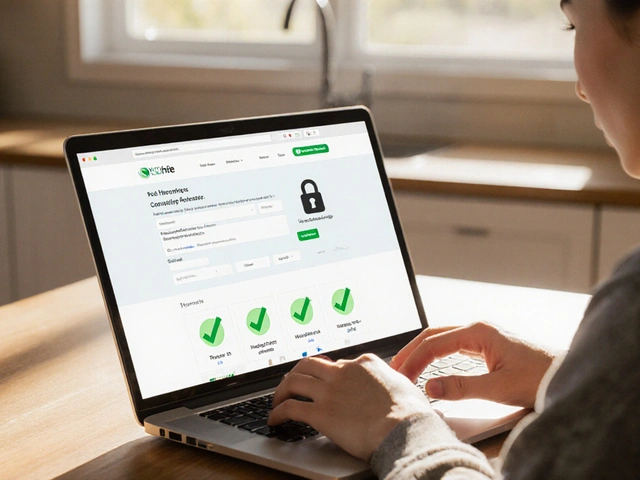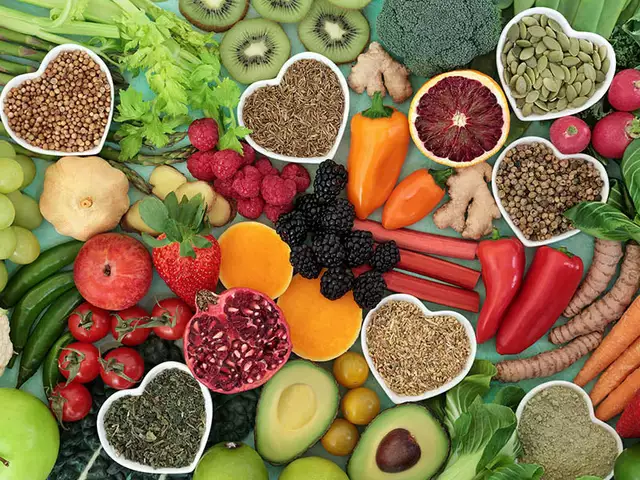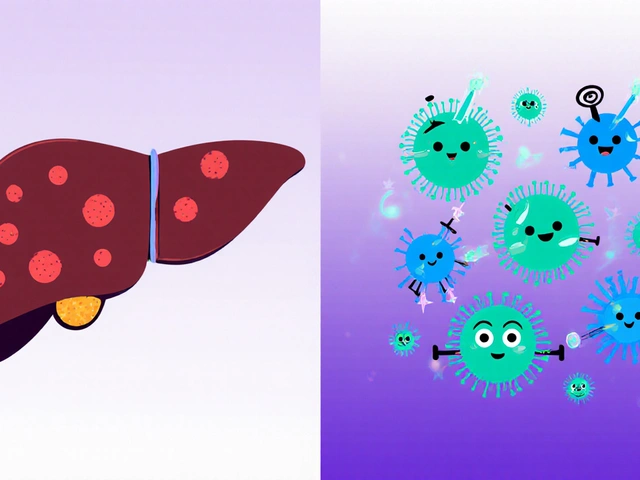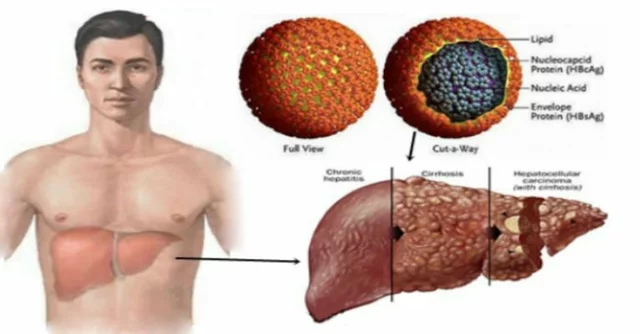Drug Interactions — What You Need to Know to Stay Safe
One wrong mix of medicines can make you dizzy, send your heart racing, or worse. You don’t need a medical degree to avoid that — you need the right habits. This page explains how interactions happen, which combos to watch for, and what to do if you’re unsure.
How interactions work — short and useful
There are two common types: pharmacodynamic (two drugs amplify or cancel effects) and pharmacokinetic (one drug changes how the body absorbs, breaks down, or clears another). Food and alcohol can also change drug levels — grapefruit and alcohol are frequent troublemakers. Think of it like chemistry in your body: some pairs react badly, others are harmless.
Common risky mixes and real examples
Nitrates (for chest pain) plus PDE5 inhibitors like sildenafil (ED drugs) can cause a sudden, dangerous drop in blood pressure. If you see "nitrate" on a bottle, avoid ED meds unless your doctor clears it. Amiodarone (Cordarone) affects many drugs: it can raise warfarin levels (bleeding risk), boost digoxin (slow heart rates), and interact with some statins. Benzodiazepines such as Valium combined with opioids or alcohol can dangerously depress breathing — this is a very common cause of hospital visits.
Beta-blockers like metoprolol (Toprol) plus certain calcium channel blockers can cause very slow heart rates or low blood pressure. Spironolactone with ACE inhibitors or potassium supplements can push potassium too high, risking an irregular heartbeat. Tacrolimus levels jump when taken with some antifungal or antibiotic drugs — that can hurt the kidneys. Even OTC meds matter: antacids lower absorption of some antibiotics, and antihistamines or doxylamine plus alcohol increase sedation.
Grapefruit juice deserves its own warning: it can raise blood levels of drugs like some statins, certain blood pressure meds, benzodiazepines, and tacrolimus. When in doubt, skip the grapefruit unless your pharmacist says it’s fine.
Not every interaction is dramatic. Some reduce effectiveness — like antacids making doxycycline less useful. But reduced effect can still be serious if the drug treats an infection or heart condition.
Practical checklist — what to do right now
1) Keep an up-to-date list of every prescription, OTC, supplement, and herbal product you take. Carry it or store it on your phone. 2) Use a reputable interaction checker (NHS, FDA, or a major medical site) before starting a new med. 3) Ask the pharmacist to review interactions when you pick up meds. Pharmacists spot risky pairs fast. 4) Avoid grapefruit and limit alcohol unless your doctor says it’s okay. 5) Space meds when needed (some antibiotics and antacids need a gap). 6) Watch for warning signs: fainting, severe dizziness, breathing trouble, chest pain, sudden weakness — get emergency care for those.
Buying meds online? Make sure the pharmacy is legitimate and double-check interactions with your local provider before you start anything new. A quick call or message to your doctor can prevent a dangerous mix and save you stress later.
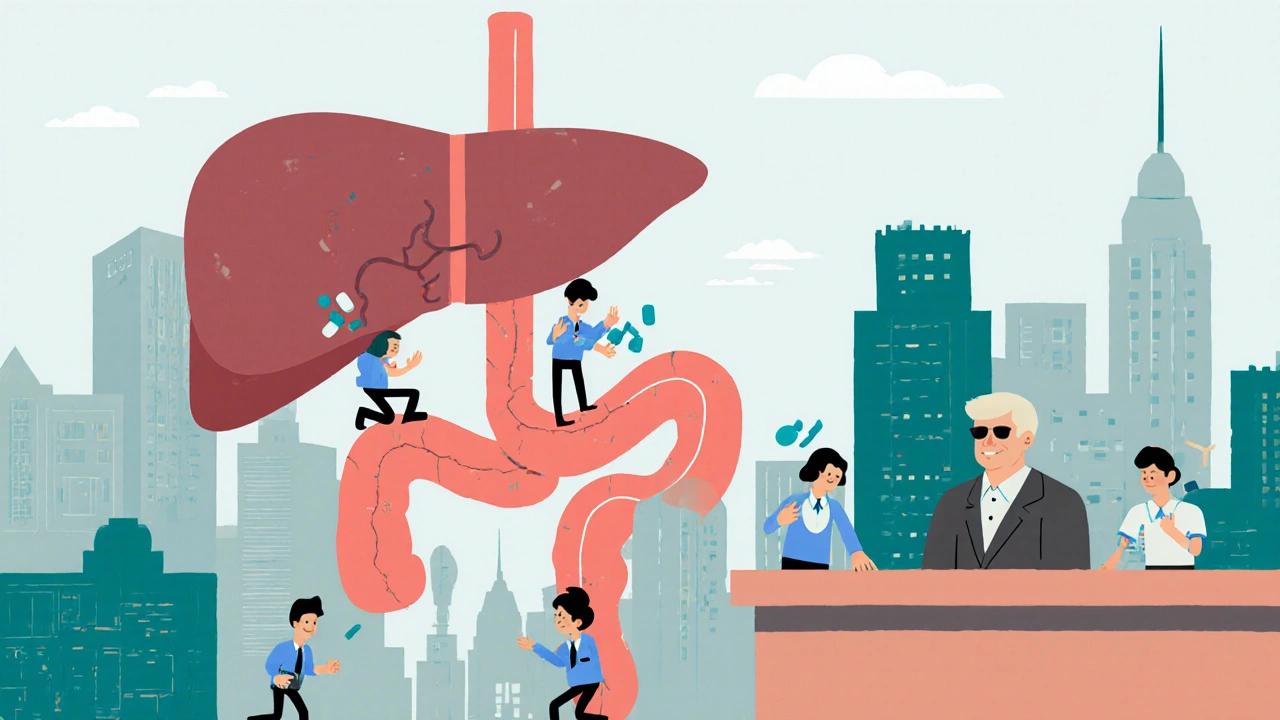
Antiviral Medications and CYP3A4/P-gp Interactions: What You Need to Know
CYP3A4 and P-glycoprotein control how antiviral drugs work in your body. Ignoring their interactions can lead to dangerous side effects or treatment failure. Here's what you need to know to stay safe.
View More
Ethionamide Drug Interactions: What Patients and Healthcare Providers Need to Know
As a patient or healthcare provider, it's important to be aware of potential drug interactions when taking Ethionamide. This medication, often prescribed for tuberculosis, can have serious side effects when combined with other drugs. To ensure safety and effectiveness, always discuss your current medications with your healthcare provider before starting Ethionamide. Additionally, be sure to report any new symptoms or side effects that arise during treatment. By staying informed and communicating with your healthcare team, you can minimize risks and achieve the best possible outcome for your health.
View More
